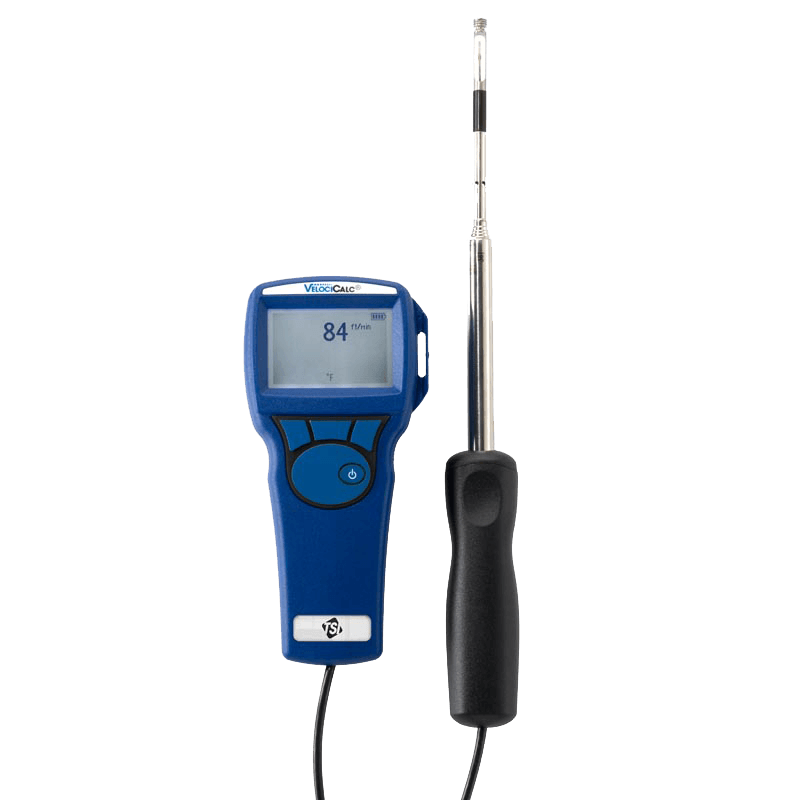Selecting the Right Anemometer: A Comprehensive Acquiring Guide
Selecting the Right Anemometer: A Comprehensive Acquiring Guide
Blog Article
Anemometers Introduced: Understanding Their Value in Ecological Surveillance and Safety Actions
The function of anemometers in ecological tracking and security measures is usually ignored, yet their importance is obvious. From meteorology to aeronautics safety, anemometers play an important duty in providing exact information that educates decision-making processes and enhances general safety.
History of Anemometers
The evolution of anemometers can be traced back to the ancient human beings where rudimentary wind gauging tools were first used. One of the earliest well-known anemometers was the hemispherical mug anemometer invented by Leon Battista Alberti in the 15th century.
Over the years, advancements in modern technology led to the development of more modern-day anemometers, including ultrasonic anemometers and laser Doppler anemometers, supplying enhanced precision and efficiency in measuring wind rate and direction. The history of anemometers showcases an amazing trip of technology and progress in the area of meteorology.
Kinds of Anemometers
Throughout the area of weather forecasting, numerous types of anemometers have actually been developed to precisely gauge wind rate and direction. Sonic anemometers utilize ultrasonic signals to gauge wind rate and direction properly. Hot-wire anemometers run based on the principle that the cooling impact of wind on a warmed cord is symmetrical to the wind speed.
Applications in Meteorology
Having discussed the different kinds of anemometers made use of in meteorology for measuring wind rate and instructions, it is essential to explore their practical applications in the field. Anemometers play a crucial duty in meteorology by offering accurate and real-time data on wind conditions (anemometer). Meteorologists use anemometers to keep an eye on wind rate and instructions to forecast climate patterns, issue cautions for extreme climate events like typhoons, tornados, and tornadoes, and assess climatic conditions for aeronautics security
In weather forecasting, anemometers help in recognizing regional and local wind patterns, which are essential for predicting climate changes and establishing weather patterns. These devices are likewise utilized in study to study microclimates, city warm islands, and air contamination dispersion. In addition, anemometers are utilized in agriculture to optimize plant management methods, such as watering and pesticide application, based upon wind conditions.
Value in Air Travel Safety And Security
An indispensable element of ensuring aviation security depends on the meticulous tracking of wind problems utilizing anemometers. Anemometers play a crucial role in air travel by providing real-time data on wind speed and direction, aiding pilots in making educated decisions throughout touchdown, liftoff, and flight. Strong and unforeseeable winds can substantially affect airplane procedures, making it crucial for air travel authorities to depend on exact wind measurements to make sure the safety of travelers and team.

In the dynamic environment of aviation, where also small modifications in wind rate and direction can have extensive results, anemometers stand as important tools for advertising safe and safe flight.
Role in Environmental Research
Anemometers play an essential duty in environmental research study by supplying necessary information on wind speed and direction. By accurately determining wind attributes, anemometers assist scientists analyze the motion of contaminants in the air, evaluate the impact of commercial discharges, and anticipate the spread of impurities in the atmosphere.


Conclusion
In verdict, anemometers have actually played a vital role in environmental tracking and precaution. With an abundant history and different types offered, these tools have been widely utilized in weather forecasting, aeronautics safety, and ecological research study. Recognizing the importance of anemometers is important for accurately measuring wind rate and instructions, which is vital for forecasting weather patterns, making sure secure aviation operations, and carrying out environmental research studies - anemometer. next Their payments to these areas can not be underestimated.
One of the earliest well-known anemometers was the hemispherical cup anemometer developed by Leon Battista Alberti in the 15th century. Over the years, improvements in modern technology led to the advancement of even more contemporary anemometers, consisting of ultrasonic anemometers and laser Doppler anemometers, offering raised accuracy and performance in measuring wind rate and direction. Hot-wire anemometers run based on the principle that the cooling impact of wind on a warmed cord is proportional to the wind rate. Meteorologists utilize anemometers to monitor wind speed and instructions to forecast weather patterns, problem warnings for serious climate events like tornadoes, cyclones, and storms, and assess atmospheric conditions for air travel security.
Understanding the relevance of anemometers is necessary for accurately measuring wind speed and direction, which is essential for forecasting climate patterns, ensuring risk-free aeronautics procedures, and conducting environmental research studies. (anemometer)
Report this page